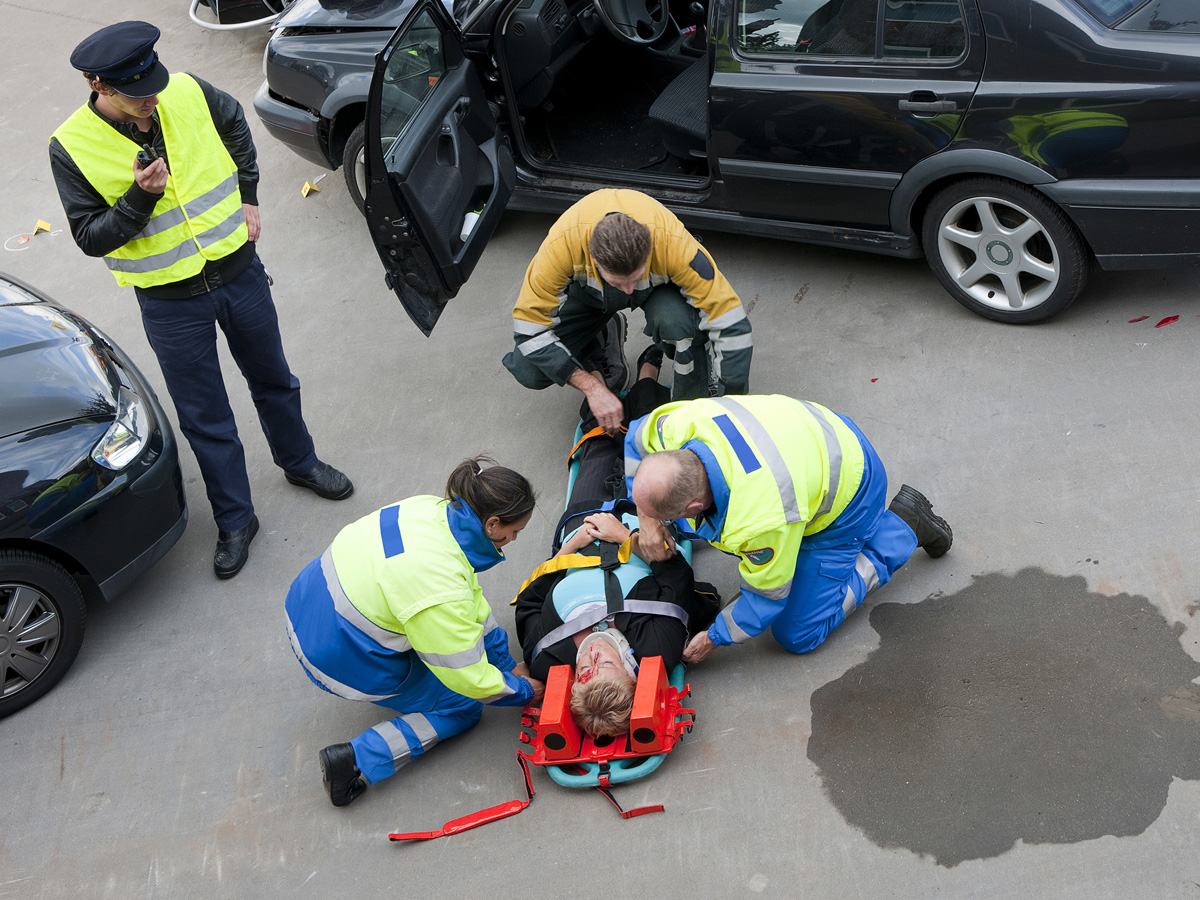For a while I’ve been thinking about how adopt a different approach to tooling in our team, beyond nameless and obtuse groups of tools built on google sheets that record and reveal information about our projects.
I think there’s value in considering these tools more like colleagues and team members with position descriptions and real roles to perform. I also think there’s value in extending the metaphor to the point of giving these team members names, for fun and function.
Meet the team
Introducing Wanda, Dennis, Terry, Justin, Gordon, Velma, Valerie, Bruce and Pam – as google sheets and valued colleagues, their job is capture logistical information such as hours on task, courses scheduled, course and production information etc. Super helpful, but I think there’s something more we can add to their position descriptions.
I often need to provide a quantitative update on a project e.g., hours used, progress etc but I try to add a qualitative element to add meaning and context to the reporting – much work needs to be done around communicating that these tools are not about surveilance but about acknowledging efforts and expenditure (how might we scope and schedule projects better, right)
Right now, I capture this in a centre sanctioned meeting log for each project, but it’s overly formatted google doc and divorced from other tools and project contexts we use to capture and share information about a project – it’s hard to maintain, access and isn’t as helpful as it could be.
Exposition and inspiration for another skillset
In the UK, the National Health Service uses patient diaries with critically ill patients – they may also be used here in Australia and other jurisdictions, but I heard about the UK variant so that’s my inspo.“Patient diaries can be used to help patients understand and come to terms with what has happened to them whilst they have been critically ill. Diaries provide a factual account of what has happened in Critical Care so filling gaps in memory. They provide a context for memories that exist and can help dispel inaccurate and delusional beliefs.”
Because rehabilitation is recommended
“following critical illness starts as soon as possible and addresses psychological as well as physical symptoms. Equipping patients with a better understanding of what has happened to them in Critical Care may help to set realistic goals for recovery and minimise the risk of adverse long term problems”
The patient diary is accessible by family and friends and should not contain information confidential to the patient or to close relatives only.”
Patient diaries need to be
“easily accessible and started promptly for any patient who may benefit.”
What to write? It’s a good a question and the
“simple rule is that anything you are prepared to tell the patient, and that the patient is willing to share with family and friends, you can write down.”
“All staff in the multi-disciplinary team should be encouraged to contribute to the diary to give it added depth and meaning. Factual detail on the patient’s condition and observation of their behaviour and environment can all be helpful.”
“It is helpful to note the date and time of events and to write the diary, when possible, in sequential order. Jargon and abbreviations should be avoided, as they should be with any communication with patients and relatives. Similarly, avoid information confidential to the patient as others will read the diary.”
Bringing it back to our context
Our projects are patients, and although I don’t believe our projects are critically ill, they do require a high level of care throughout their journey from inception to delivery. Reporting on the projects journey needs to be quantitative and qualitative and easily available to everyone at any time.
Here’s what I’m thinking.
I don’t believe we need to create another colleague just to capture each diary entry because we have Wanda and Dennis and they already communicate really well, and I want this feature to be super-quick to be developed and to be carried out throughout our work shifts.
What about adding another work type to Wanda e.g., 10. Reflection and then another column to the right of “Notes” called Diary. Each entry is an observation.
BTW, I’m not wedded to a new work type but I wanted to allocate time to reflection, which is a separate activity and different from development – notes feature isn’t reflection.
For Dennis, add a column e.g., Diary and then pull in all dates and diary entries related to that project, much like he does for total team time (hours) and person.
What do you reckon – yeah or nah?



